I have seen and heard about many rainforest stories in movies and in books. Rainforests have been very fascinating to me since childhood. I have never been to a rainforest e er and wonder how it would be. So, when I got the information about Amazon Rainforest in Peru, thought to share with you. The Amazon Rainforest in Peru
More than fifty percent of Peru, comprises of the massive tropical rain-forests which is bordering with Ecuador, Brazil, Colombia and Bolivia.
The Peruvian Amazon Rainforest is a paradise of biodiversity. It consists of the most diversified species on the planet. Whether the giant trees, or the toothy caimans, giant anacondas, jaguars, tapirs or anteaters, there are numerous amazing as well as mysterious creatures found here. This region of Peru is also home to indigenous communities that promote ecotourism.
The Southeast Peruvian forests have numerous lodges and tourist facilities including local guides. Tours are possible through flights and boats. Cusco is the getaway destination for tourists wanting to reach the southern regions of the Peruvian Rainforest. The Peruvian region of “Madre de Dios” is one of the best places for exploring the jungles and can be reached by road or air. Many biologists consider it to be the most varied in terms of wildlife wealth.
Manu National Park, located in the region of Madre de Dios, and the region of Loreto are amongst the most amazing places of the Peruvian rainforests for the visitors.
Manu National Park is one of the most famous and the largest conserved natural areas across the world. It covers an area of 1,716,295.22 hectares and is one of the best destinations for nature tourism. Since 1977, the area has constituted the core of the Manu Biosphere Reserve, declared a World Heritage Site by UNESCO in 1987. Manu National park has a diversified species of animals, plants and insects. Most of the area in the park is reserved for the research purpose only and not for public. The park consists of some wonderful landscapes, vegetation along with fantastic flora and fauna. The area holds over 1,000 species of bird and 200 species of mammals. Trees can be seen that reach heights of over 45 metres and measure 3 metres in diameter. Tourists can take a tour of Manu National park accompanied by the authorized guides. It can be reached by 280 km from Cuzco along the Cuzco-Paucartambo road (10 hours using a 4×4) is Atalaya, from where the trip continues by river to Boca Manu (7 hours by boat). Afterwards, you have to travel along the Manu River to access the park. It is also possible to reach Boca Manu from Cuzco by light aircraft (45 minutes).
Loreto is the largest, least populated, department in Peru. It is covered by dense vegetation and by primary and secondary jungle with low hills and slightly rolling landscape, crisscrossed by the many rivers of the Amazon River basin. Iquitos, the capital of Loreto, is the main port city on the Amazon River – the longest and mightiest river by volume on the planet – and the largest city in the Peruvian jungle. The only way to reach it is by air or by river making it, more or less, an island in the midst of a vast ocean of green forests, cut off by meandering rivers. It is this exact isolation that contributes to its charm. Iquitos was established in 1757. The development of the city started around the initial decade of the twentieth century, when the people there begin making the rubber from the rubber trees present in Amazon rainforests. This led to an increase in the wealth of rubber plant owners who constructed luxurious buildings in the city. There is ground and river transportation, guided tours, full service expeditions to the jungle, cruises down the Amazon and its tributaries and visits to native communities. Also in the area are travel agencies, basic services, camp grounds and tourist information and assistance offices.
Best Time to Visit Amazon Rainforest
If your prime aim is to see lots of mammals and birds, then the best time to visit would be from December to May. If indulging in jungle hikes and spotting migratory birds will give you adrenaline rush, then visiting from June to November will be best for you. Here, you can even get to spot kinkajou, capuchin monkeys and other exotic mammals. If you are aiming to go trekking in Amazon Rainforests, then ideal months are between June and September.
It is highly recommended to get Yellow Fever Vaccination if you plan to visit Amazonia.
With wonderful memories arched in your minds forever, exploring the Amazon Rainforest in Peru is definitely a thing not to be missed while holidaying in this picturesque country.
Content and photographs credit Peru Tourism Board
I am taking my Alexa rank to the next level with Blogchatter

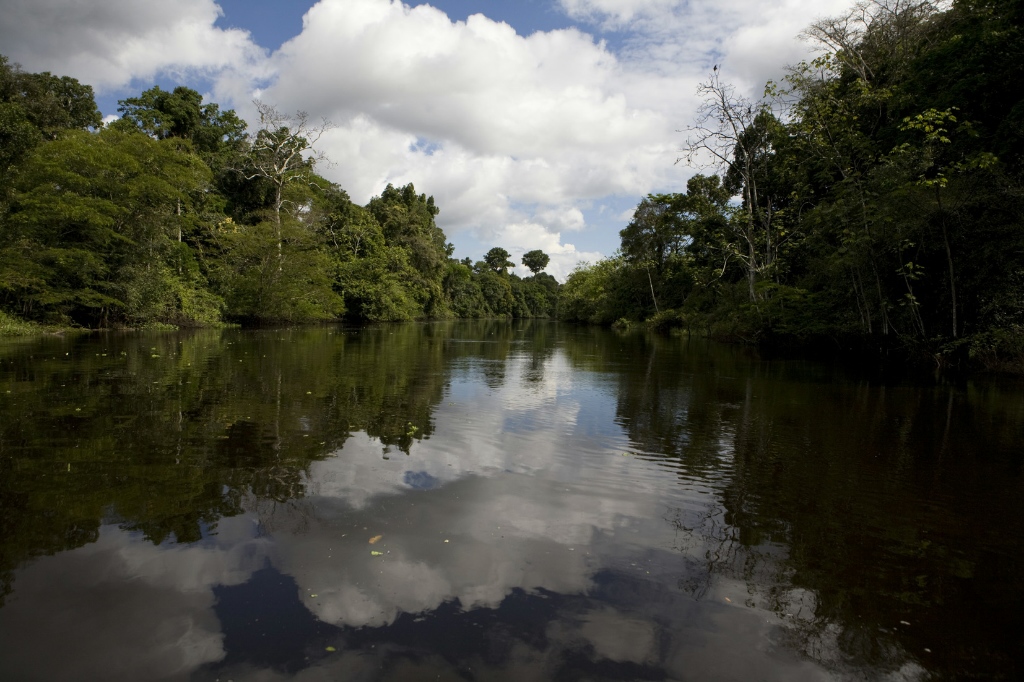
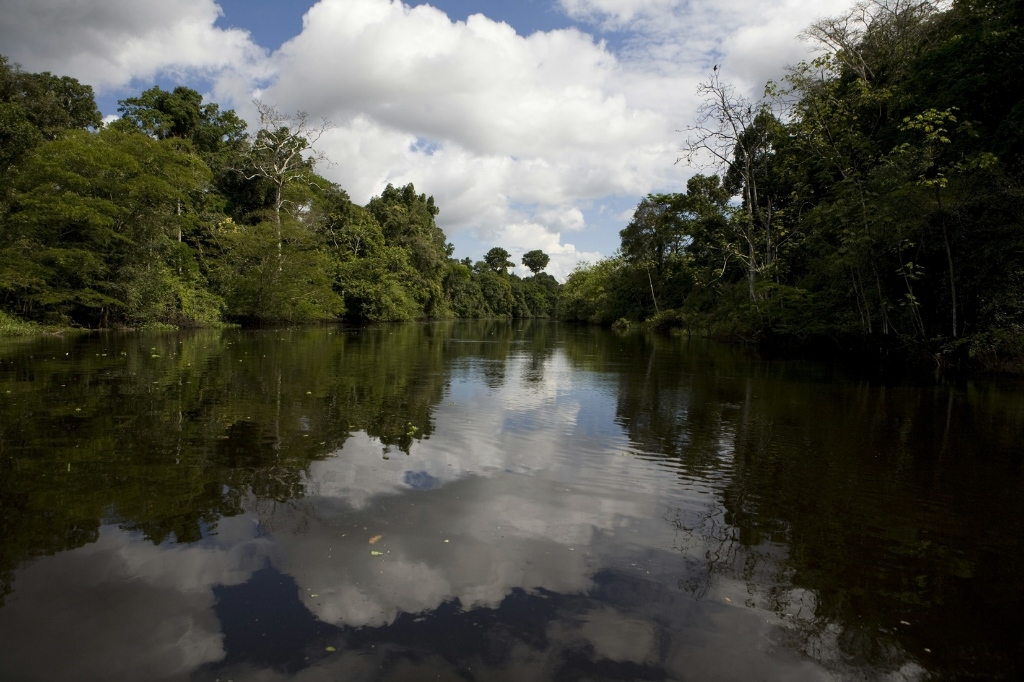
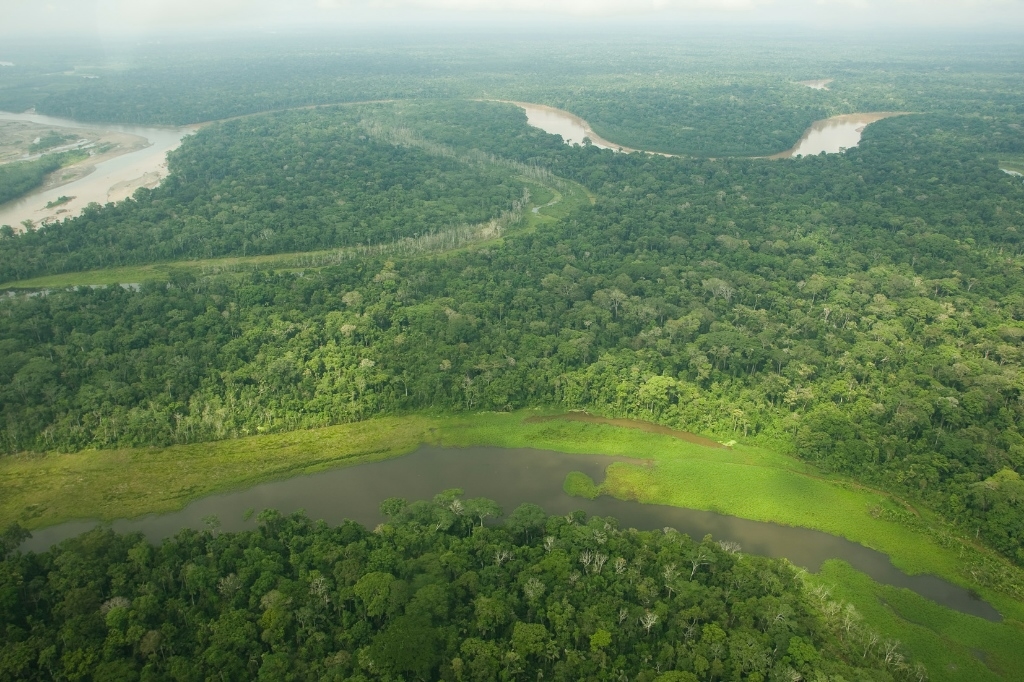
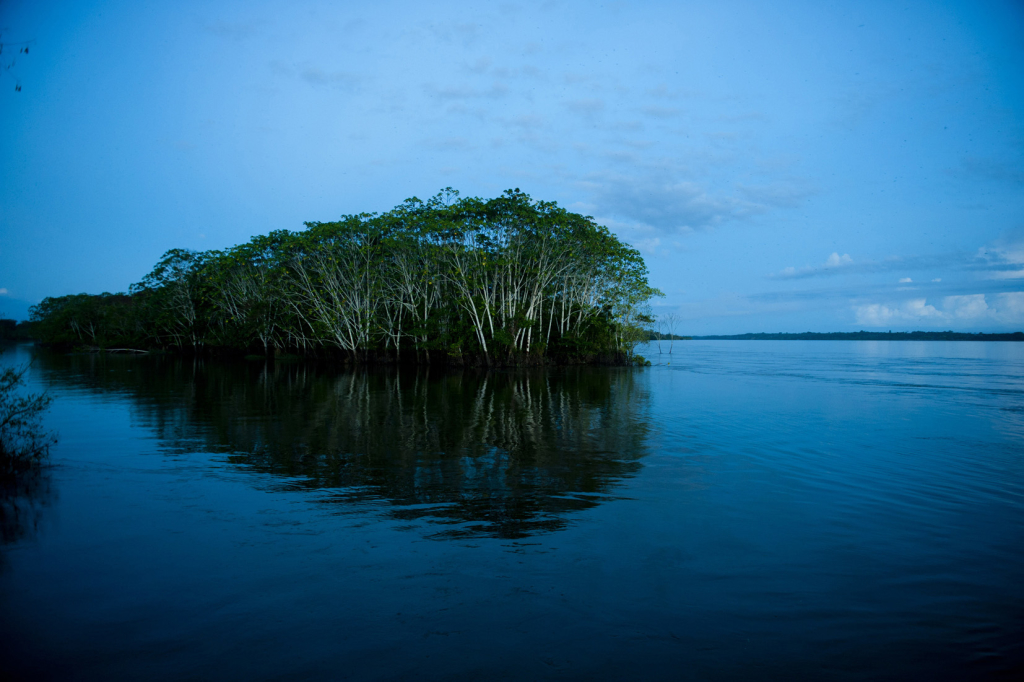
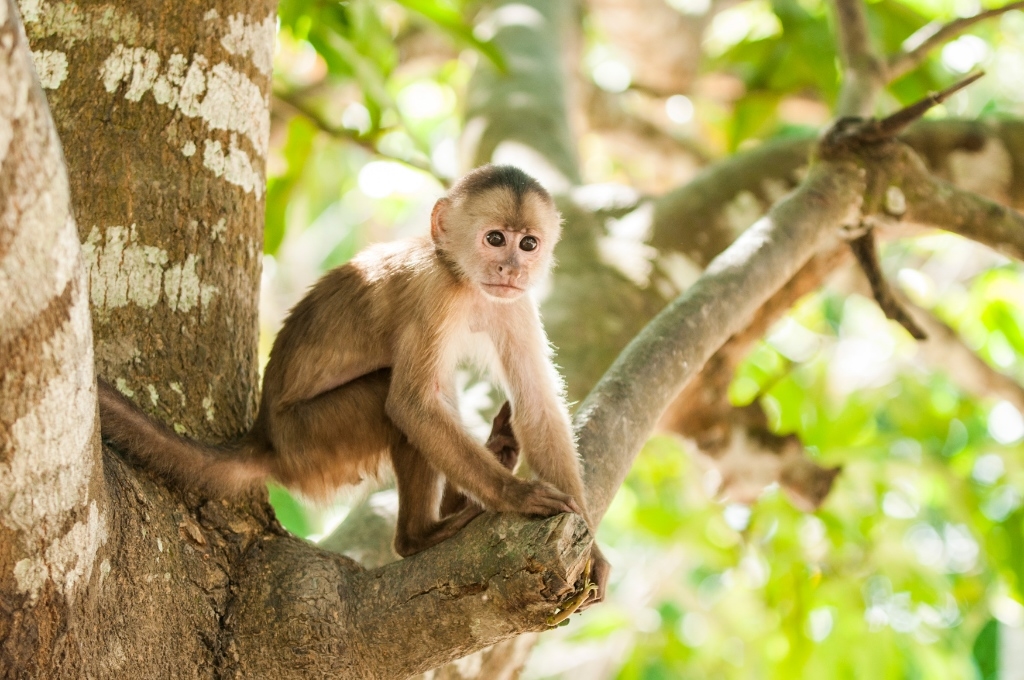
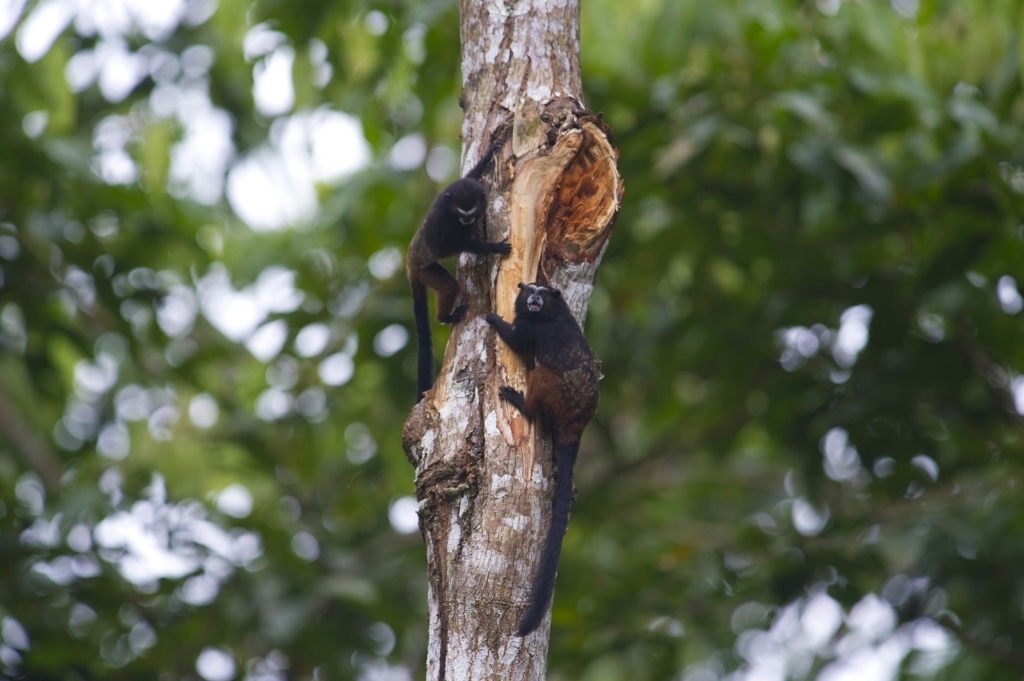
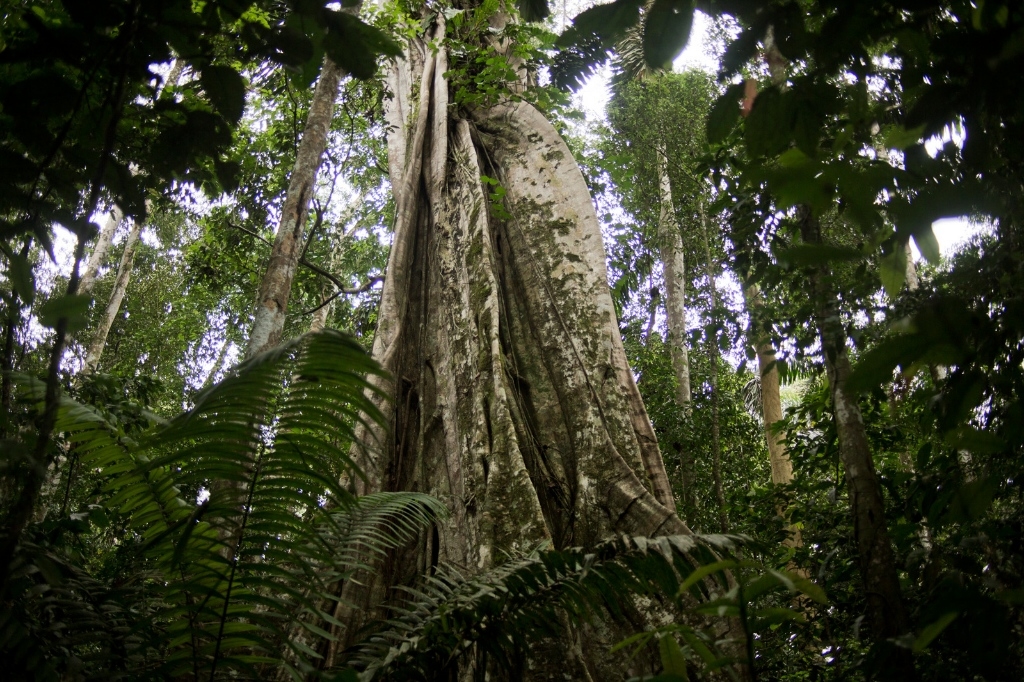

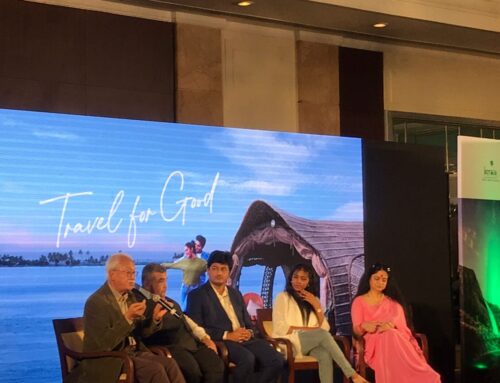
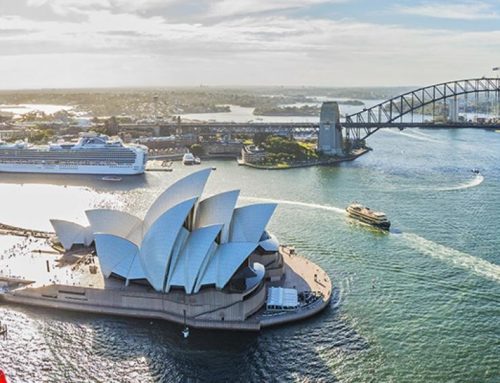

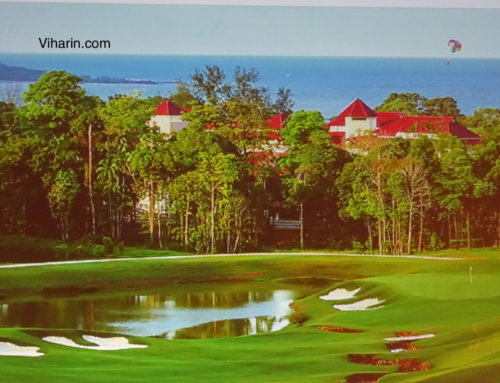
Wow! The pics look amazing. Place added to my bucket list. Thanks for sharing! 🙂
Good to hear that you have liked the place. Do share your experience once you go!
Nice to know that part of the world, I do have much inclination towards travelling, presently exploring different parts of India.
Added peru amazon forest in my list, will explore that part of world also, when I would have sufficient balance in my pockets 🙂
WOW! Looks beautiful. I’d love to visit some day. Peru has a lot of other attractions for me as well!
Hi Nidhi. That was such an immersive tour of the place. Loved it. Definitely looking forward to experience it at least once!